Introduction
Have you ever experienced playing a full game of a highly-competitive sport like basketball or volleyball; but during its breaks, you realize that you forgot to bring your water? In those moments, you’ll feel so thirsty and desperate for H2O that you can almost see a mirage in center court -- a heavenly illusion of a pool of cool clean water or a citrus-flavored sports drink ready for you to gulp on.
Suddenly, you’ll come to your senses having the urge to look for a nearby drinking fountain or a convenience store where you can replenish your body’s lost liquids. But why does the lack of hydration induce such desperation? Let us find out.
Hydration or maintenance of water balance in sports is of primary importance. It is however often taken for granted by coaches and athletes. Water is the source of life, and to some, hydration is responsible for that extra push for the next mile, for a higher step up the podium. Hydration can get an athlete farther in the field and further in their performance in competition.
The human body is mostly water: about 60%1. As we get more involved in physical activity and sports, our body dissipates heat through sweating. Sweating is great because it cools down the body, but losing body water and electrolytes is the price we pay. The risk for hypohydration (a state of being in a negative water balance) increases when the water lost through sweating is not replaced. It is common for athletes to practice and compete while hypohydrated, not knowing that this affects their performance, recovery, and overall well-being. Dehydration (which occurs when an individual uses or loses more fluid than they take in) increases core body temperature and heart rate, decreases blood pressure, causes nausea and even vomiting, and causes headaches, muscle cramping, and general fatigue –all of which can hugely affect athletic outcomes2.
Overhydration, also known as hyperhydration, on the other hand, is another problem that athletes might face. On a granular level, overhydration can cause exercise-associated hyponatremia (EAH), which occurs when the athlete drinks too much plain water3. The overall result is too much water in relation to the salt levels in the blood. EAH can cause confusion and even seizures and coma. Unfortunately, these symptoms are similar to those of a dehydrated individual, or someone with a severely low body-water level, and this can prove dangerous during the treatment of the affected athlete4.
Where is the sweet spot, or euhydration, when it comes to hydration, and how do athletes and their teams get there? Hydration, whether with water or some other fluid, does come down to personalization.
Here are some guidelines to familiarize yourself with your hydration level
1. Urine Test: How to know if you’re well-hydrated
The Urine Test is a simple test that only involves checking the color of urine to gauge current hydration level. Note that some food, medications, and multivitamins can affect urine color.
- Multivitamins and meal-replacement shakes can cause urine to turn bright yellow or bright yellow-green due to high levels of B Vitamins.
- Certain beta carotene-rich foods, such as carrots and sweet potatoes, can cause urine to turn orange or dark yellow.
- Certain medications, such as phenazopyridine and rifampin, can turn urine color orange.
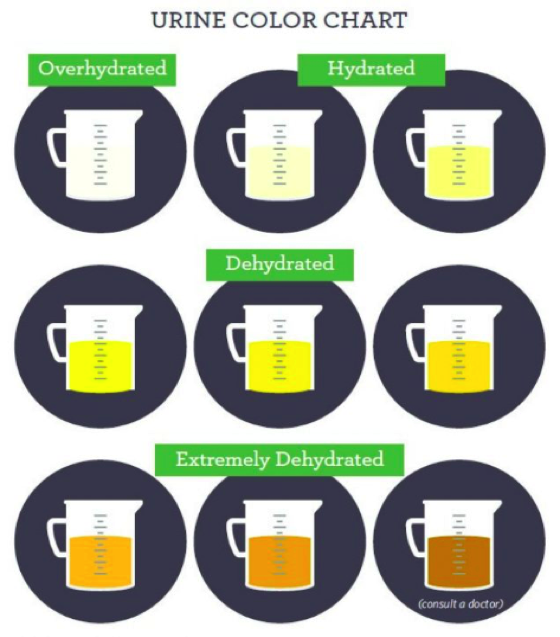
Figure 1. Urine Color Chart (U.S. Anti-Doping Agency, 2021)
2. Recommended fluid intake pre-, during, and post-performance:
Loss of body water of >2% has been found to affect endurance activities (Table 1). Especially for prolonged physical activity, properly hydrating before, during and after is important (Table 2).
Table 1. Signs of Dehydration (Whitney & Rolfes, 2011)
| Signs of Dehydration | |
|---|---|
| Body Weight Lost | Signs |
| 1% to 2% | Thirst, fatigue, weakness, discomfort, loss of appetite |
| 3% to 4% | Impaired physical performance, dry mouth, reduction in urine, flushed skin, impatience, apathy |
| 5% to 6% | Difficulty concentrating, headache, irritability, sleepiness, impaired temperature regulation, increased respiratory rate |
| 7% to 10% | Dizziness, spastic muscles, loss of balance, delirium, exhaustion, collapse |
Table 2. Recommendations for Fluid Intake (SCAN Registered Dietitians as cited by NCAA, n.d.)
| RECOMMENDATIONS FOR FLUID INTAKE (PRE, DURING AND POST ACTIVITY) | |||
|---|---|---|---|
| SCHEDULE | INTAKE | TIPS | |
| PRE | 2 to 3 hours pre-activity
15 minutes pre-activity | 500 mL - 750 mL
250 mL - 500 mL | Begin exercise well-hydrated
Aim for pale yellow urine color
Allow excess fluid to be voided
Sodium in food and fluids help retain ingested fluid |
| DURING | Every 15 minutes | 125 mL - 250 mL | Sodium should be ingested especially for athletes with high sweat rates (>1.2 L/hr) and salty sweaters, and prolonged exercise (>2hr)
Cold beverages about 10-15°C help reduce core temperature and improve performance in the heat
Flavored drinks may increase palatability and voluntary fluid intake
Drinking to thirst is a sound plan |
| POST | After activity | 500 mL for every pound of body weight lost | Muscle cramps may be associated with hypohydration and electrolyte imbalances |
3. Monitoring Hydration Status and Fluid Loss:
Sweat rate varies per individual and it depends greatly on the temperature, humidity, and intensity of the activity. Getting a good sense of how much you sweat in different situations will help you with your personalized hydration plan.
- Note your weight before and after training. Remember to pee and wipe off excess sweat before stepping on the scale. This is preferably done naked to be more accurate.
- Subtract the weight after training from the weight before training.
- Fluid losses should be less than 2% of body weight, with 1L of sweat being equal to 1kg8.

Figure 2. Equation for Calculating Fluid Loss (SportMedBC, n.d.)
Water is not the only fluid for keeping athletes well-hydrated. Through the years, various manufacturers have come up with several types of beverages to enhance performance. Moreover, there have been new studies on milk as a recovery drink. Athletes have their own tastes and even pre-performance rituals, and when water is off the table, it is good to know that there are other options. With the range of available beverages being used in sports nowadays, choosing the one that will work for the athlete becomes more of a challenge.
It is important to keep in mind that as long as the substance doesn’t hinder performance and the athlete doesn’t experiment with new fluids on the day of the event, there’s nothing to sweat too much about.
Types of Fluids
- Water – Plain water is the easiest choice for rehydration. It is accessible and highly abundant (even fruits and vegetables have water content). However, because plain water doesn’t have flavor, some athletes might prefer a flavored sports drink. Moreover, if performing for more than 2 hours, water might not be able to efficiently replenish the body’s lost electrolytes and minerals (namely, sodium and potassium)9.
- Sports Drinks – Sports drinks (or carbohydrate-electrolyte beverages, CEB) refer to beverages that deliver fluid, carbohydrates, and electrolytes. In terms of fluid delivery, sports drinks and water aren’t that different. On the other hand, in terms of maintaining hydration and possibly enhancing performance, sports drinks have the upper hand because they contain simple sugars or glucose polymers6. Moreover, the carbohydrate content of CEBs prevents hypoglycemia and thus prevents the onset of fatigue during long durations of athletic performance. On the flipside, sports drinks might not be the best choice if the activity is low to moderate intensity, or if the goal is to lose weight, since sports drinks contain a considerable amount of sugar.
- Energy Drinks – Energy drinks may be easily confused with sports drinks but they are distinct from one another10. Unlike sports drinks, which are marketed mainly for replenishing lost fluids in sports, energy drinks sell alertness and bursts of energy. For this reason, most energy drinks contain high levels of caffeine (sometimes equivalent to 2 cups of brewed coffee) and sugar. Other energy drinks feature B-vitamins, ginseng and guarana as additives that ‘boost’ energy. It is important to note that energy drinks aren’t usually regulated, and therefore there have been documented cases of hospitalizations secondary to ‘overdose’. Energy drinks don’t aid in replenishing lost fluids, instead they act as stimulants11.
- Coconut Water – Coconut water has been studied as a fluid for rehydration during performance and has been compared to sports drinks12. While different studies state that coconut water does not have any significant benefit over sports drinks as post-exercise hydration, athletes might prefer coconut water, which is naturally derived, than manufactured sports drinks13.
- Milk – Milk has recently been studied as a post-exercise drink because of its innate levels of water, fat (depending on whether it is whole or skimmed milk), proteins, electrolytes, and carbohydrates14. Specifically, chocolate milk has been hailed as a highly effective post-exercise replenishment15. Carbohydrate drinks are already known for their performance benefits. Chocolate milk has more carbohydrates than regular milk, as well as protein and fat, and these contribute to both improved recovery and performance.
- Sugar-Sweetened Beverages (SSB) – Juice drink, soft drinks and other SSBs are usually high in sugar and/or other sweeteners (such as high-fructose corn syrup or HFCS, sucrose, and fruit juice concentrate). Generally, these beverages are not recommended as fluid replacement in sports. Most of these may contain one type of sugar (e.g., sucrose, glucose or HFCS), which is not ideal for CHO metabolism during prolonged physical activities. These also usually do not contain electrolytes, which are useful for holding on to body water. However, they remain highly preferred because of their taste and sweetness, which water and the other drinks on this list do not possess.
Table 3. General Recommendations for Beverage Intake for Sports
| RECOMMENDATIONS FOR FLUID INTAKE (PRE, DURING AND POST ACTIVITY) | |||
|---|---|---|---|
| TYPE OF FLUID | PRE-EVENT | DURING | POST-EVENT/RECOVERY |
| PURE WATER | YES | YES | YES |
| SPORTS DRINKS | YES | YES | YES |
| ENERGY DRINKS | NOT RECOMMENDED
However there is no danger for it to be intentionally taken as an ergogenic aid to increase alertness before a game. It should be checked if the athlete can tolerate the drink prior to sports. | NO
They are generally a heavy drink and might cause GI discomfort | NO
Although it contains sugar and vitamins that could be potentially helpful for recovery, caffeine content might interfere with the rest the athlete needs to recover fully. |
| COCONUT WATER | YES | YES | YES |
| MILK | NO
Milk contains fat, protein, and lactose, and a feeling of fullness is not ideal prior to any activity | NO
Milk contains fat, protein, and lactose-which may cause GI discomfort | YES
Milk is an ideal recovery drink because it contains both protein and carbohydrates. Chocolate milk contains sucrose, lactose, and HFCS, and the added CHO content is especially helpful in the replenishment of glycogen stores after depleting this after exercise/training/completion. |
| SUGAR-SWEETENED BEVERAGES | IN GENERAL, NO
In cases where sugar intake is necessary, non-carbonated SSBs | NO
The greater solute content could cause GI discomfort during sports. |
Same as the pre-event. |
Emerging Areas of Study
The science of hydration has been ongoing for decades. Beyond type of fluid, the method of rehydration is among the emerging areas of study. Here are some of the freshest discoveries:
- Mouth-Rinsing with CEB (also called as CHO-E) for Endurance Performance – Several studies have produced results in favor of mouth-rinsing with carbohydrate solutions. In one study, athletes were asked to mouth-rinse with 25 mL doses of carbohydrate solution immediately before and at 15-, 30-, and 45-minute marks in a 60-min run on a treadmill16. In another study, the subjects were asked to mouth-rinse with a similar drink and underwent a similar routine17. The reason for CHO rinsing instead of ingesting is that some individuals experience gastrointestinal discomfort when taking CEBs during competitions.
- Saliva as a monitor of hydration status – Based on early studies, saliva may be an easy indicator for dehydration18. Thanks to advances in engineering, embedded piezoresistive microcantilevers (EPM) are currently being developed to function as sensors for saliva osmolality and protein concentration. These markers can indicate water dehydration and salt dehydration.
- Deep ocean mineral water vs Spring water and CEB – In a study on athletes, deep ocean mineral water (taken from Kona, Hawaii) showed more favorable results as a rehydration fluid compared with spring water and CEB19.
- Alkaline water - Alkaline water with a higher pH level (more basic, around pH level 8 or 9) than regular water, is said to help extend exercise time and aid in recovery, because it neutralizes the acid produced by the body during high-intensity exercise.
Summary
Choosing the right fluid for rehydration might seem a small step in planning a training routine. It’s just a bottle after all. However, effective training and proper hydration go hand in hand. Each minute of exertion comes at an expense that needs to be paid back.
Thirst is always considered during training, but there needs to be a shift in prioritizing rehydration as a whole. Moreover, the type of fluid for rehydration must be as closely considered as the number of laps and reps. Done right, rehydration can get you the extra boost, and even a higher step on the podium.
Sports hones important life skills: discipline, self-confidence and determination. Know more about MILO and sports by visiting this link.
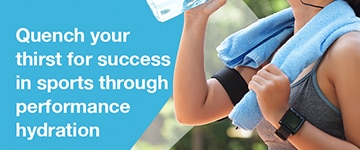
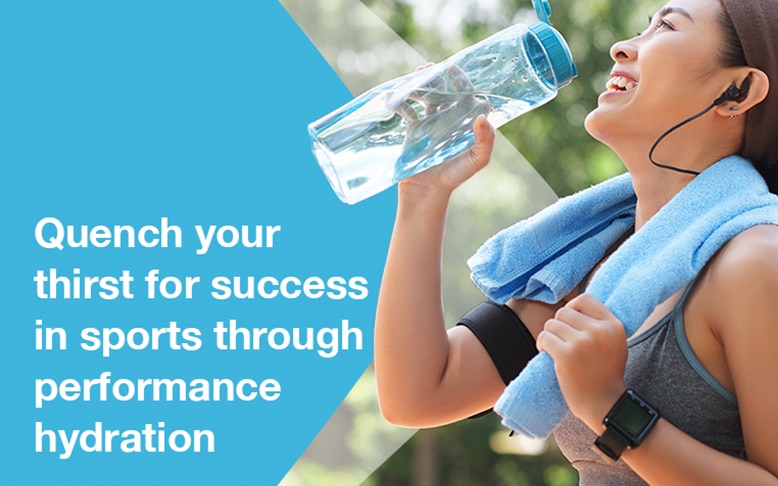
 Molly Mallari , PhD
Molly Mallari , PhD








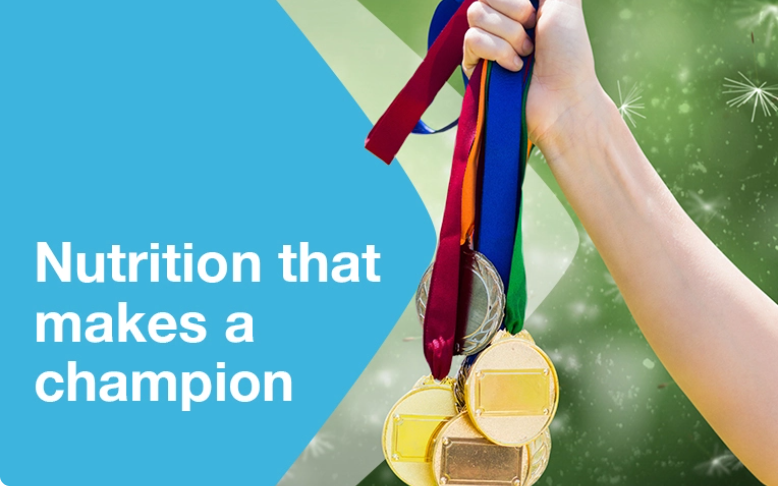

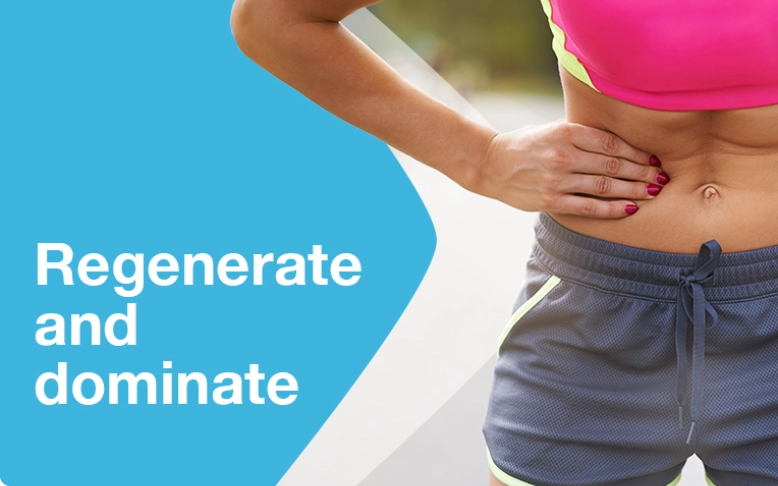
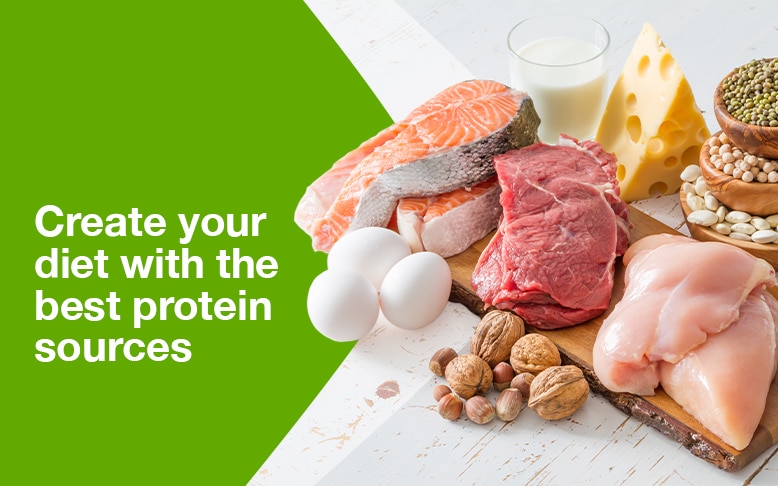


No comments here yet.